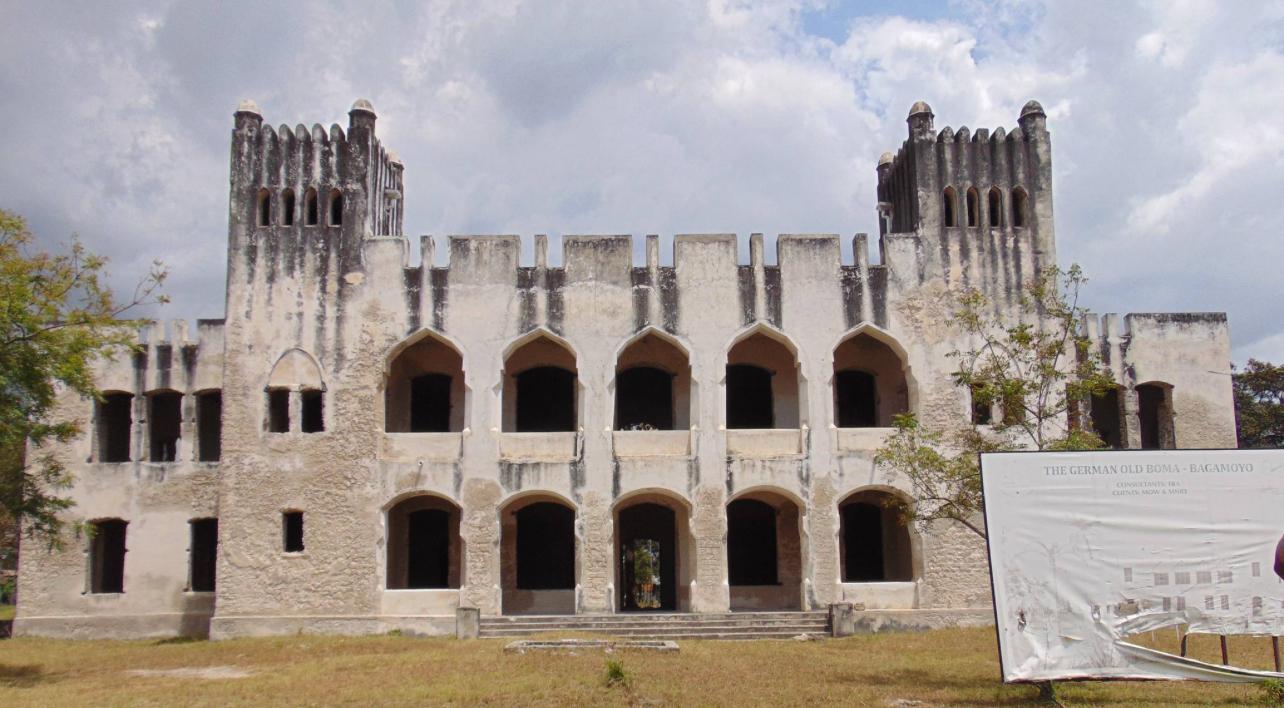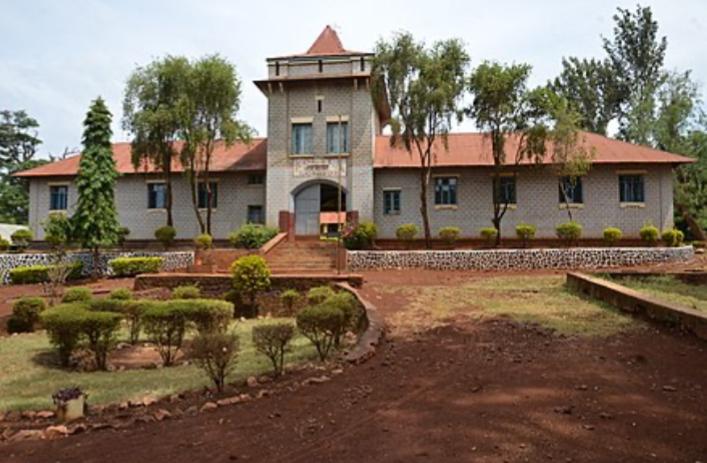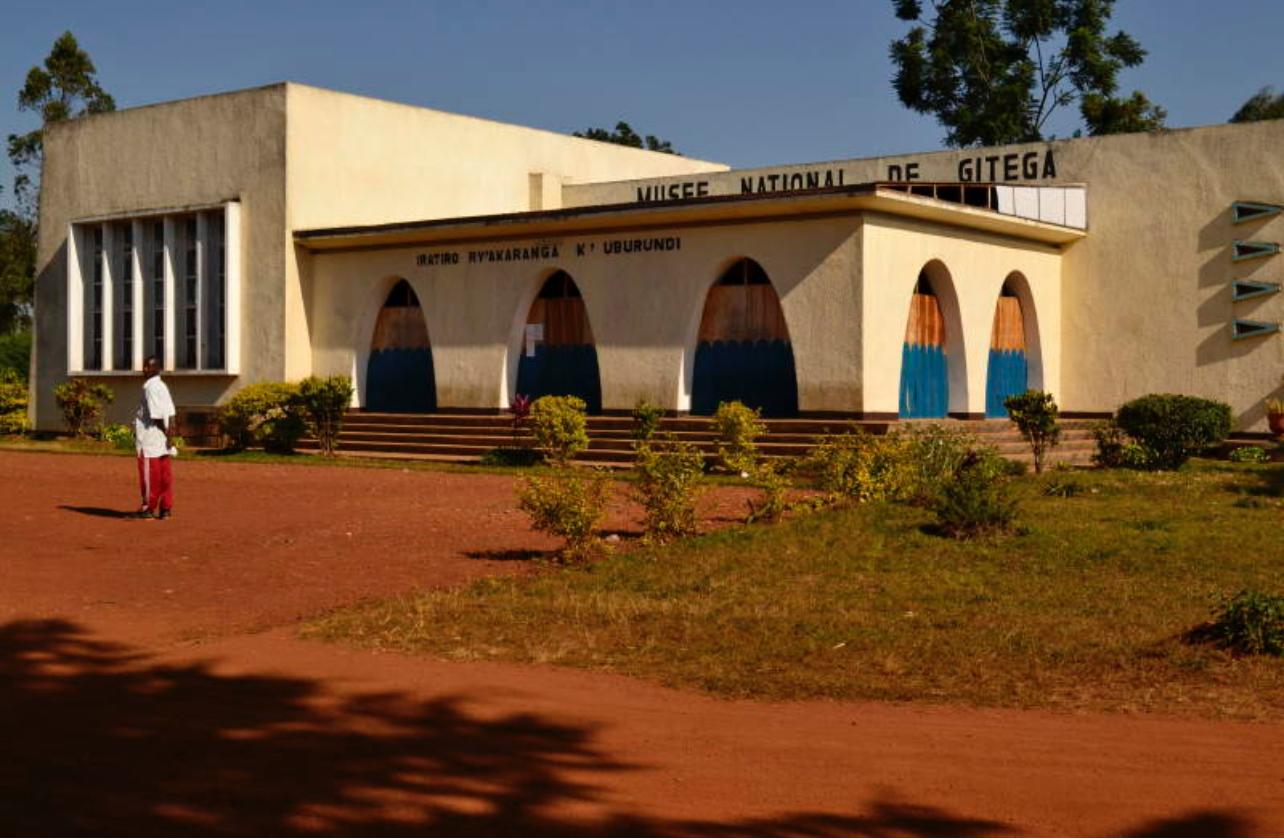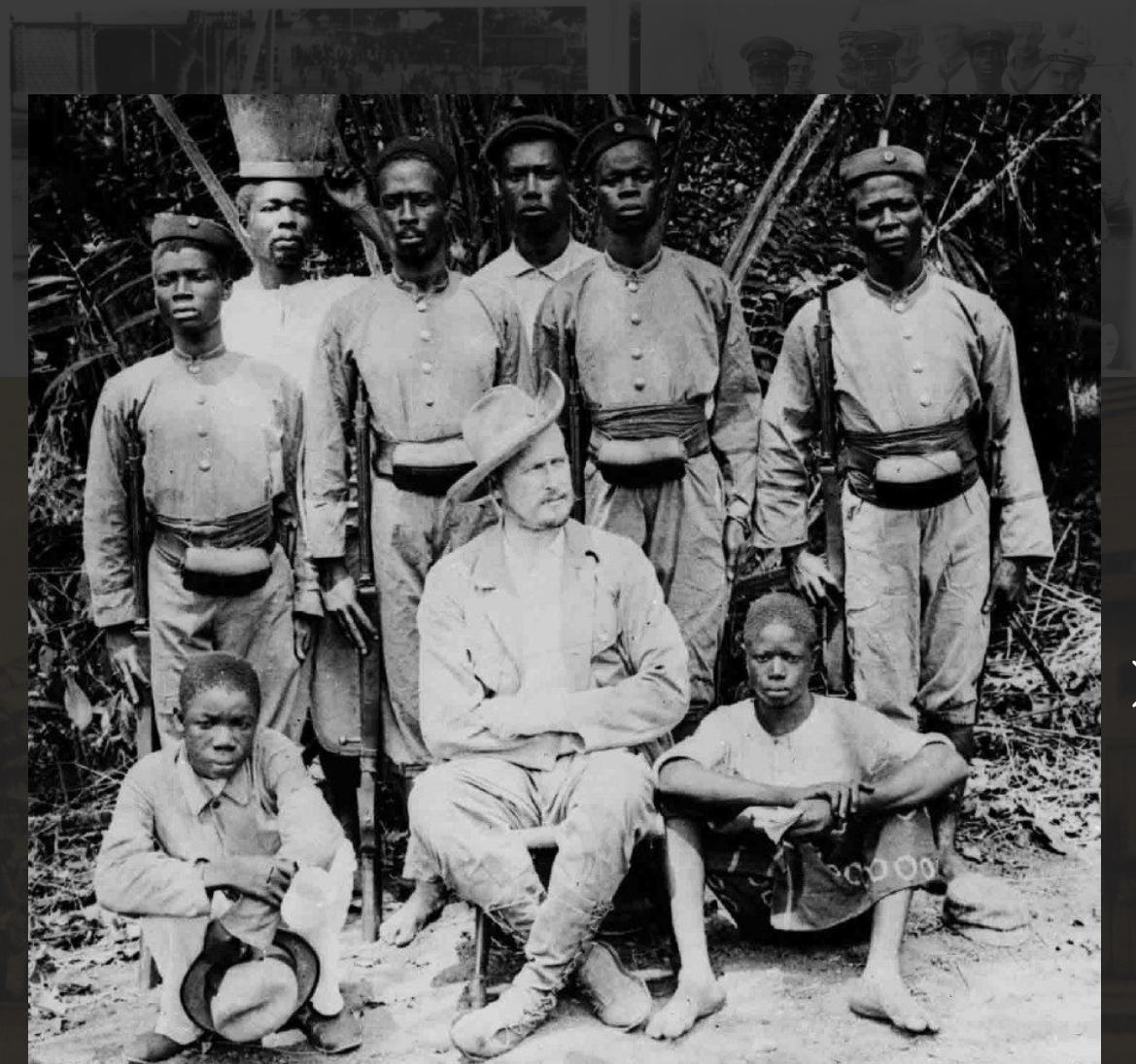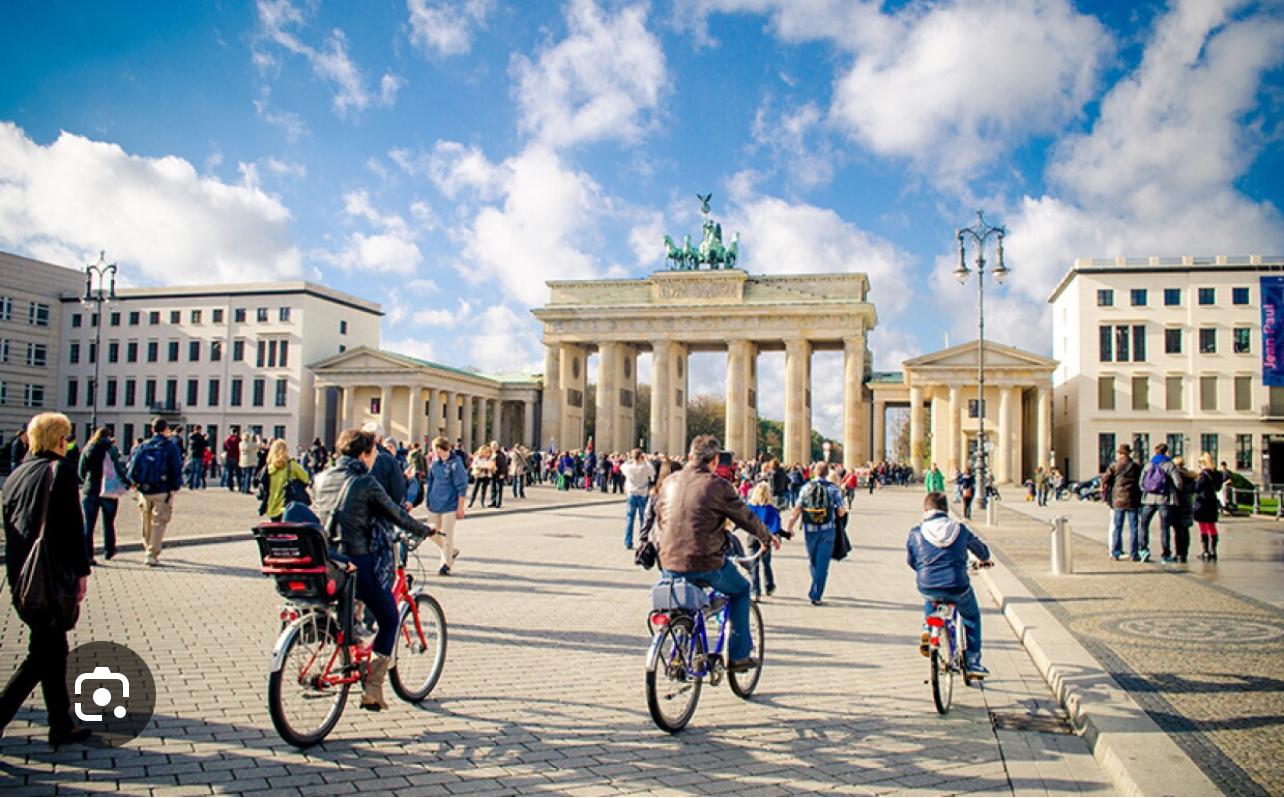Between 1885 and 1919, Tanzania (then part of German East Africa) was under German colonial rule. During this period, the Germans built roads, railways, forts, schools, churches, and administrative centers, many of which are still in use today. For global travelers interested in colonial history, architecture, and cultural heritage, Tanzania offers many sites that reflect its German past.
1. German Railways & Roads
The Germans built extensive transport networks to facilitate trade, military movement, and plantation agriculture, many of which still function today.
✔ Central Railway Line (Dar es Salaam to Kigoma) – Built between 1905-1914, this railway still operates and connects Dar es Salaam to Lake Tanganyika.
✔ Tanga-Moshi Railway – Constructed to support coffee and sisal plantations in the north.
✔ Colonial Roads – Many early German roads became the foundation of Tanzania’s modern highway system.
2. German Colonial Architecture & Landmarks
Several government buildings, forts, and churches from the German era remain standing.
✔ Old Boma, Bagamoyo – Built in 1897, this was the German colonial administrative center. Today, it serves as a museum showcasing German influence in Tanzania.
✔ Dar es Salaam Railway Station – A historic German-built train station still in use today.
✔ St. Joseph’s Cathedral, Dar es Salaam – Constructed by German missionaries in the 1890s, featuring Gothic architecture.
✔ Lutheran Church, Moshi – One of the earliest Christian churches in northern Tanzania.
✔ German Administrative Buildings in Tanga & Lindi – Many colonial-era post offices, schools, and government buildings remain.
3. German Forts & Military Sites
Germany built fortifications to defend its territory, many of which can still be visited.
✔ Old Fort, Dar es Salaam (Azania Front) – A German military stronghold used during the Maji Maji Rebellion (1905-1907).
✔ Fort Ikoma, Serengeti – Built as a German military base near the Serengeti, now a historical site for visitors.
✔ Kilwa Kivinje Fort – Used by German forces during their conquest of southern Tanzania.
✔ Boma Fort, Iringa – The site of the famous Hehe resistance against German rule led by Chief Mkwawa. His skull, once taken to Germany, was later returned to Tanzania.
4. German Plantations & Agricultural Development
Germany played a major role in introducing large-scale agriculture in Tanzania.
✔ Sisal Plantations in Tanga – The Germans introduced sisal farming, which remains a key industry.
✔ Coffee Farms in Kilimanjaro & Arusha – Coffee production, started under German rule, still thrives today.
✔ Tea & Rubber Plantations – Some tea estates in the Usambara Mountains were originally developed by the Germans.
5. German Cultural Influence in Tanzania
Although the German language did not persist, some cultural elements remain:
✔ Swahili Words from German – Some German words were adopted into Swahili, such as “shule” (school) and “hela” (money).
✔ Lutheran Christianity – German missionary schools and churches helped spread Christianity, especially Lutheranism, which remains strong in Tanzania today.
✔ Historical Museums – Several Tanzanian museums display German colonial artifacts, such as the National Museum in Dar es Salaam.
6. Exploring German Heritage in Tanzania Today
For global travelers, these sites offer a chance to explore Tanzania’s colonial history:
📍 Dar es Salaam – Historic buildings, churches, and railway stations.
📍 Bagamoyo – The Old Boma, German graves, and colonial-era structures.
📍 Kilimanjaro & Moshi – German coffee plantations and Lutheran churches.
📍 Tanga – Sisal plantations, old administrative buildings, and forts.
📍 Iringa – The Boma Fort and Chief Mkwawa’s memorial site.
A Lasting Legacy
Even though Germany lost control of Tanzania after World War I, many of its architectural, infrastructural, and agricultural developments remain. Exploring these sites gives travelers a deeper understanding of Tanzania’s colonial past and its modern transformation.
Plan your Cultural historical journey to Tanzania at www.theafrikawewant.com

